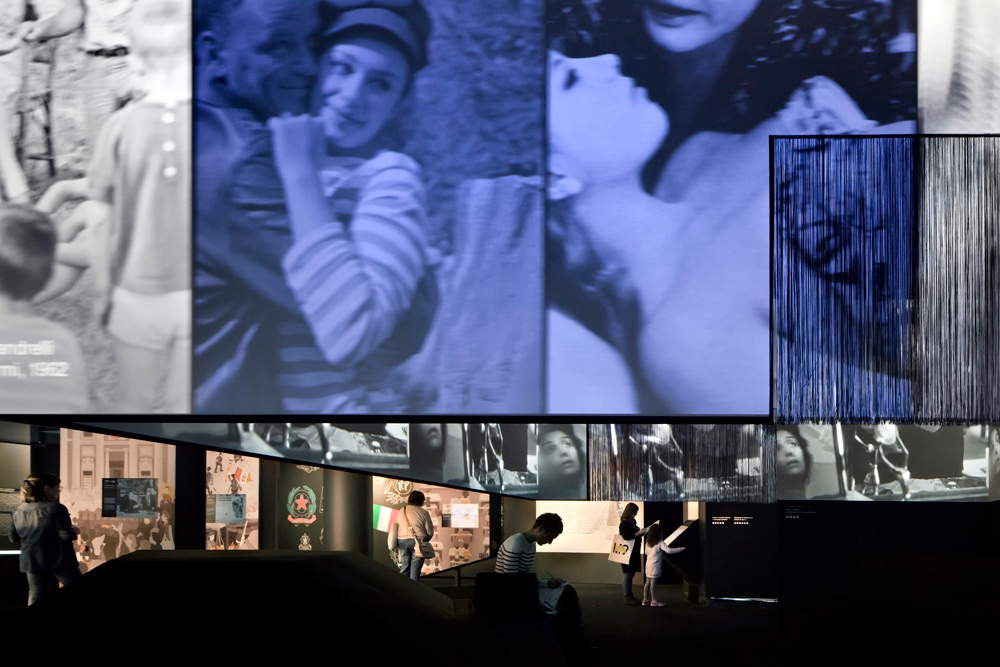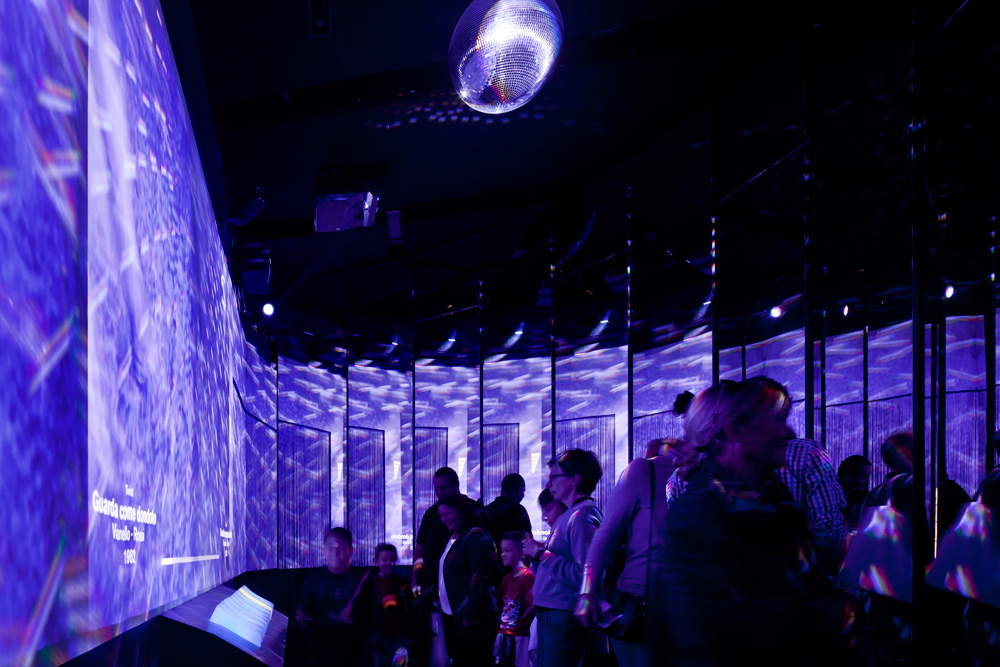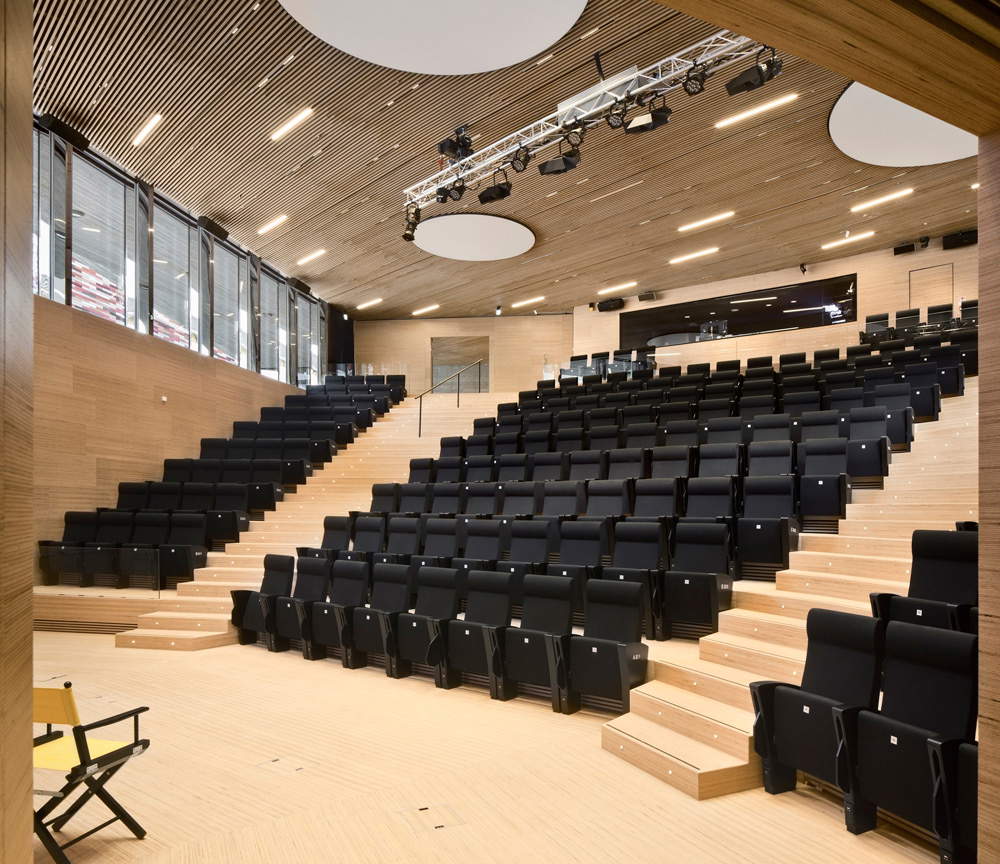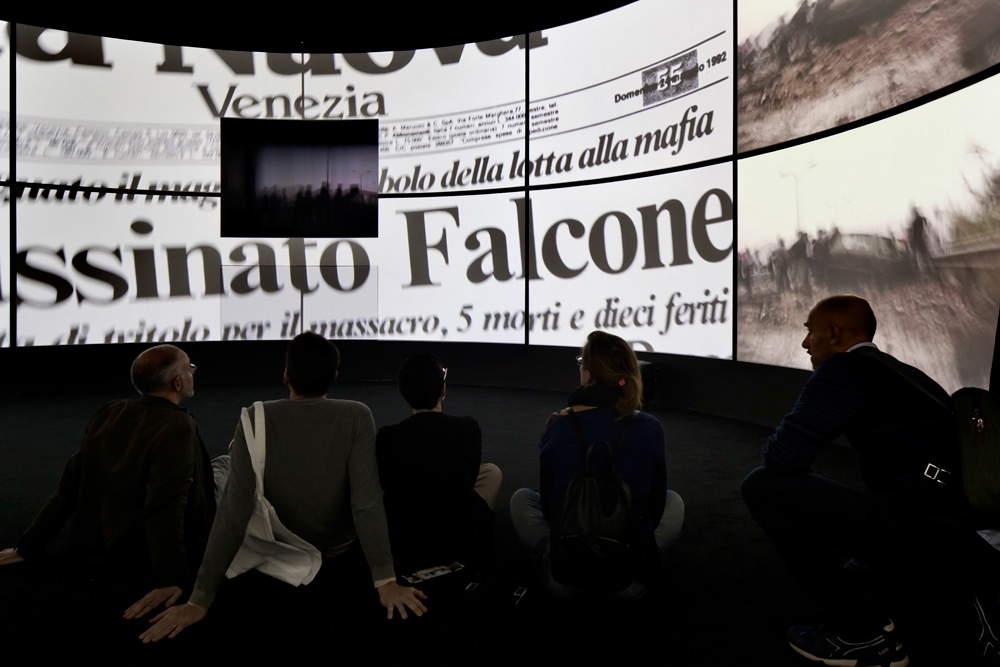by Redazione , published on 05/12/2018
Categories: Museums
/ Disclaimer
M9, Italy's first multimedia museum, has opened in Mestre. A three-story museum that takes the public on a journey through the 20th century.
There is a time-traveling museum in Italy that takes visitors back to the height of the 20th century. It is M9, Italy’s first multimedia museum, which was inaugurated in Mestre last Saturday, December 1, 2018, in the former Cloister of Santa Maria delle Grazie, Via Poerio 24. The inauguration took place in the presence of Senate President Maria Elisabetta Alberti Casellati, Minister of Heritage and culture Alberto Bonisoli, Mayor of Venice Luigi Brugnaro, Veneto Region Councillor for Territory, Culture and Security Cristiano Corazzari, Pontifical Council for Culture Delegate Carlos Alberto De Pinho Moreira Azevedo, Venice Foundation President Giampietro Brunello, Polymnia Venezia CEO Valerio Zingarelli, and M9 Museum Director Marco Biscione.
M9 is the first museum in Mestre as well as, as mentioned, the first exclusively multimedia museum inItaly. The museum, in fact, houses digital material that includes 60 interactive multimedia installations, 6 thousand photos, 820 videos for about 10 hours of edited video footage, 500 records of iconographic material (posters, periodicals, newspapers and gray material) and 400 audio files divided into 8 thematic sections on the history of the twentieth century (Demography and social structures; Consumption, customs and lifestyles; Science, Technology and Innovation; Economy, Labor, Production and Welfare; Landscapes and Urban Settlements; The State, Institutions, Politics; Education, Training and Information; What Makes Us Feel Italian) that are spread over two of the building’s three floors and will be open to the public according to visit modes suited to the interests of individual visitors. The third floor will be used for temporary exhibitions. The permanent exhibition occupies 2,610 square meters of floor space, while the 1,400 on the third floor will, as mentioned, be reserved for temporary exhibitions. Fine-tuning M9’s itinerary required the work of 47 curators including historians, sociologists, architects and writers, while five different multimedia and interaction design studios designed the installations.
The museum will allow visitors to immerse themselves in a multimedia experience to “journey through the past, understand the present and imagine the future,” as the presentation states. The public will thus find themselves in a crowded square listening to great speakers, feel crushed by the weight of the two world wars, know the harshness of factory work by experiencing the rhythms of assembly lines, enter the homes of parents, grandparents and great-grandparents reliving the daily experiences of past decades, rediscover all the dialects of Italy, and much more. M9 wants to be the place “where Italians and all those interested in Italy can meet, discover their origins and the developments of things around us, confronting how to project them into the future.” For this reason, M9 will also be a living organism, which will be renewed every year, open to the stresses of cultural, technological, social and political changes, with great attention to the changes that open up to the future.
The design of the museum was entrusted to the Berlin-based Sauerbruch-Hutton studio, winner of a competition announced by the Venice Foundation in 2010. The complex includes seven large buildings in the center of Mestre, three of which were built for the occasion, including a 200-seat auditorium equipped with augmented reality viewers. M9 also focused on a particularly recognizable architecture, with the facades entirely covered with 20,000 polychrome ceramic elements in thirteen different colors, all in chromatic accord with the urban context. Great attention is also paid to renewable energy: the complex makes use of 276 photovoltaic panels that provide 86,000 kWh of average annual solar energy, and 65 geothermal probes at a depth of 110 meters that provide 100 percent of the museum’s heating and 40 percent of its cooling. All this is thanks to a 110 million euro investment funded by the Venice Foundation and as a result of950 ,000 hours of work.
You can visit M9’s official website by clicking here. Below is a selection of images of the new museum.
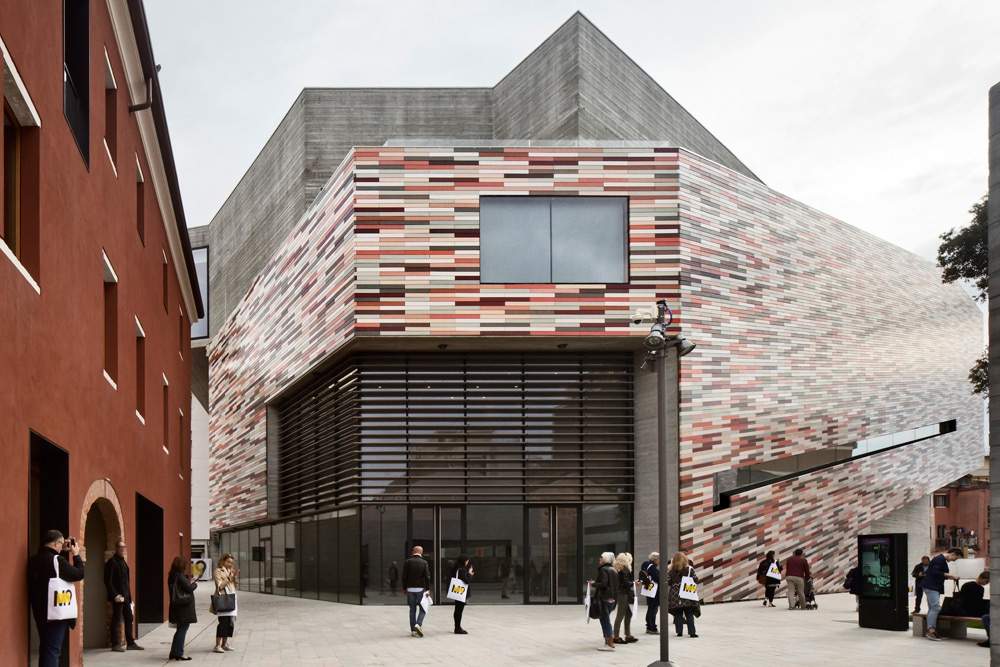 |
| A time-traveling museum, unique in Italy. M9, Italy's first multimedia museum, opens in Mestre. |
Warning: the translation into English of the original Italian article was created using automatic tools.
We undertake to review all articles, but we do not guarantee the total absence of inaccuracies in the translation due to the program. You can
find the original by clicking on the ITA button. If you find any mistake,please contact us.
